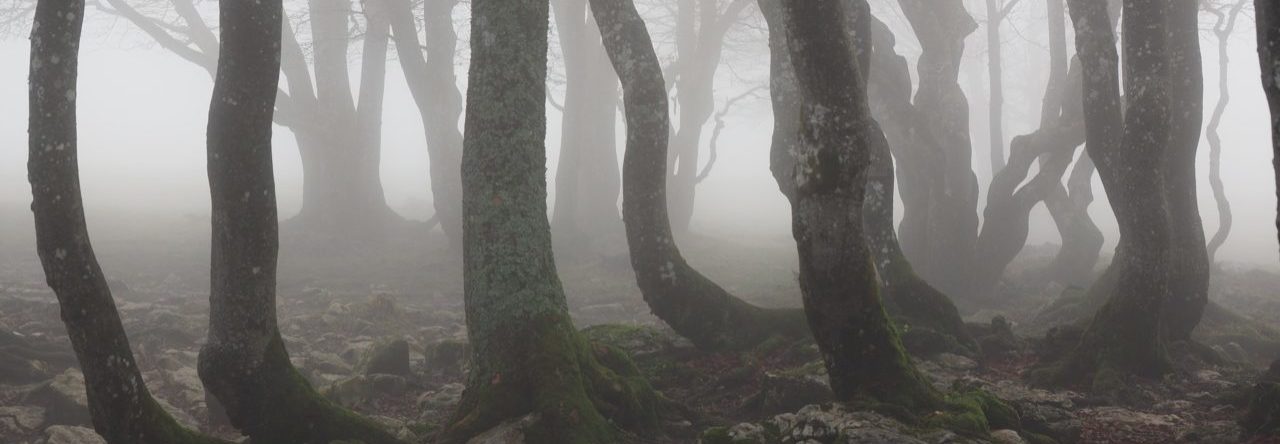Was Amelia B. Edwards really “the most learned lady in the world?” The editor of Edinburgh’s “Christian Leader” said as much during her 1888-89 speaking tour of Scotland. By that time, she was an accomplished travel writer and novelist. Untrodden Peaks and Unfrequented Valleys, her account of her adventures in the Dolomites, was a dramatic departure from travel narratives of the period. Edwards, traveling with only a female companion and guides and servants they hired along the way, explored remote and sometimes treacherous territory that was largely uncharted. Her groundbreaking telling of that story, which is still read by visitors to the Dolomites, made her reputation as a travel writer. Her standing in that role grew enormously with the publication of A Thousand Miles Up the Nile, which told of her travels through Egypt – a land whose ancient and mysterious tombs and artifacts fascinated Victorians of all classes. Though the book was rigorously scholarly, it was written for the enjoyment of a general audience and had broad appeal. Her own attractive watercolor illustrations contributed to its immense popularity. In fact, she was a fine artist and might have risen to fame on that basis alone had she pursued that course.
Edwards’ firsthand experience of the wonders of Egypt, and the great success of her initial book on the subject, dramatically altered the trajectory of her life and her career. Driven by an intense fascination with Egyptian antiquities, she became one of her generation’s foremost authorities on the subject despite having no formal training. In fact, a professorship in Egyptology at an English university still bears her name. It was primarily because of her desire to promote this new field of study that she embarked on lengthy and well-attended lecture tours of the United Kingdom (including Edinburgh, of course) and the United States. Roberta Muñoz of the Wilbour Library of Egyptology at the Brooklyn Museum has written a thought-provoking paper about Edwards’ triumphant American tour, the opposition she encountered as a woman breaking into an area that was dominated by male egos, and her unlikely influence on the practice and promulgation of archaeology science.
Naturally, the audiences that filled the halls where she lectured were also drawn by her fame as an acclaimed novelist and short story writer. “Barbara’s History”, a romantic novel featuring a strong heroine and dramatic settings around Europe, wasn’t her first novel, but it made her first great impression on the literary world. Several popular books followed.
Of course, here at The Haunted Crossroads, we’re primarily interested in Edwards’ excellent, short supernatural fiction. In The Phantom Coach, Edwards’ best-known and most-anthologized story, a newly-married barrister loses his way during a day of hunting on the moors of northern England. As he trudges across the moor in a vain attempt to find his bearings, night falls and a dangerous snow storm blows in. His situation is becoming desperate when he has a stroke of apparent good fortune: he meets an old servant who is making his way home through the night. The old man’s gruff replies put the intrepid barrister on notice that his master does not receive guests gladly. Nevertheless, the barrister insists on accompanying him. To do otherwise would almost certainly mean a cold and lonely death under a heavy blanket of snow.
The master’s house proves to be an extraordinary place, full of strange scientific instruments, ancient tomes, and jars full of mysterious chemicals. Its most prominent characteristic is a telescope of enormous size and strange design. Bizarre diagrams cover its walls, and maps and papers are strewn about. It’s the sort of environment in which Edwards’ hero can expect to find a half-mad scientist or an alchemist steeped in arcana.
And, as we might expect, the home’s most striking feature truly is its owner. He’s an enormous man with white hair and an imposing and curt manner. Initially, it’s clear that he’s inclined to turn the intruding barrister out into the night. But when he finds that a terrible snow storm has indeed blown in, he relents. And after a dinner eaten in chilly silence, he begins to press his guest for news – principally scientific – from the world beyond his estate. A fire burns brightly in the hearth. And as the old scientist – for there’s no longer any doubt that the man is both a scientist and a philosopher – warms to the conversation, his exposition moves seamlessly from explanation of the natural sciences to discussion of supernatural powers and events. Ultimately, he reveals that he held a prominent place in the scientific community before his investigations into supernatural forces was met with scorn and derision. Ostracized, he retreated to his isolated estate where, apparently, he carried on his work, unrecognized but unhindered. Yet he bitterly laments the fact that his peers have refused to accept his findings.
Their conversation ends with the snowstorm. The young barrister expresses his urgent desire to return to the village where his new wife must be spending a restless night worrying about him. To his great surprise and joy, his host tells him of a mail coach that will pass through the area that very night. But before quitting the warmth of the strange house, the barrister accepts a fiery drink the old scientist says is whiskey, but which comes from a bottle stored among his mysterious chemicals.
As the young barrister sets out across the frozen moor with the old servant as his guide, we sense that perhaps the estate’s hard, old master has settled upon a less than scrupulous means of converting his unsuspecting guest to a belief in otherworldly powers.
